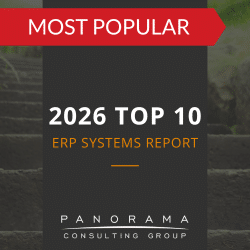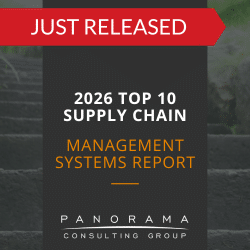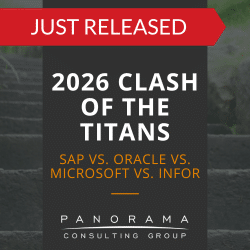ERP implementations entail significant operational changes. Whether it’s new business models or new business processes, these types of changes are never easy for organizations and their employees. This all means that organizational change management is critical to the success of your ERP project. However, most organizations don’t know how to integrate change management into their projects – assuming they understand what “organizational change management” means to begin with.
With this in mind, there are a number of “hacks” that executives can leverage to address the people side of their ERP project without investing too much time and money. These hacks may not be shortcuts, but they are the low-hanging fruit that can typically deliver the most value at the least cost. Here are three hacks that we’ve seen work very well with current and past clients:
1. Facilitate Organizational Change Readiness Assessments
It’s impossible to know how to best effectuate change without first understanding what cultural and people issues you’re up against. Conducting a brief online survey and a series of isolated focus groups with key employees gives you a sense of the strengths and weaknesses of your current culture. You also will gain an understanding of necessary activities for migrating your organization from current to future state. Organizational readiness assessments are extremely low-cost activity and they deliver a great deal of value.
The Beginner’s Guide to Digital Transformation
What are the 6 secrets to digital transformation that are helping organizations build competitive advantage?
2. Conduct Organizational Change Impact Assessments
While it may be easier to focus on the future state of business processes, it is also important to understand how these processes will be different from the status quo. This enables the change management team to communicate to employees how exactly their jobs will change. For example, the employee that created that sophisticated Excel spreadsheet ten years ago will want to know how new technology is going to change that process. Only by conducting an organizational change impact assessment can your team understand how to effectively communicate changes to employees.
3. Customize Your Training Materials to Fit Your Business Processes
Most ERP vendors have developed great training materials for their products, albeit generic ones. For example, Panorama was once involved in an ERP implementation at a large beverage manufacturer. When it came time to train employees using the vendor’s canned materials, most examples and case studies used a laptop manufacturer as an example. This created a great deal of confusion with employees and failed to consider nuances unique to their company. It is important that training materials be unique to your company, business processes and the specific ways you have configured and customized the software.
Every digital transformation has time and resource constraints, but that is no reason to cut change management from the mix. These three hacks are three good places to start when developing your initial organizational change management plan.













